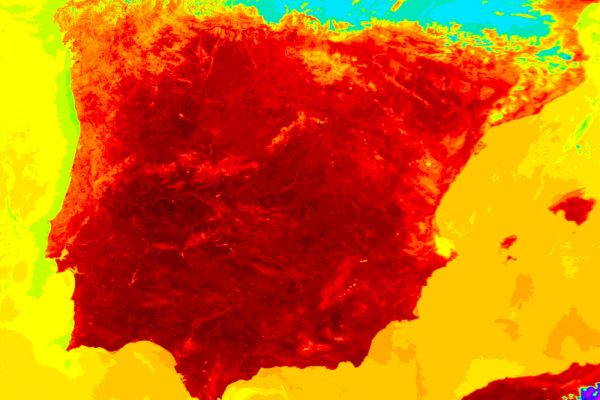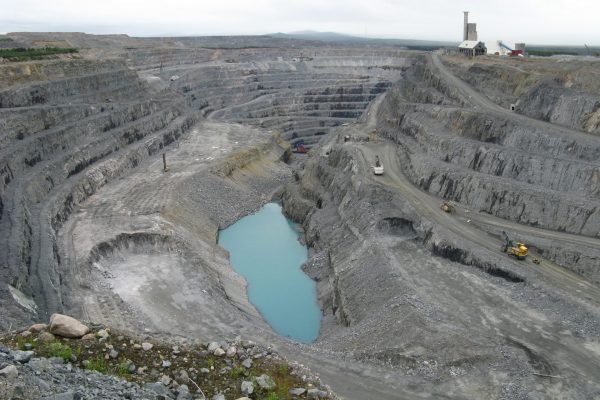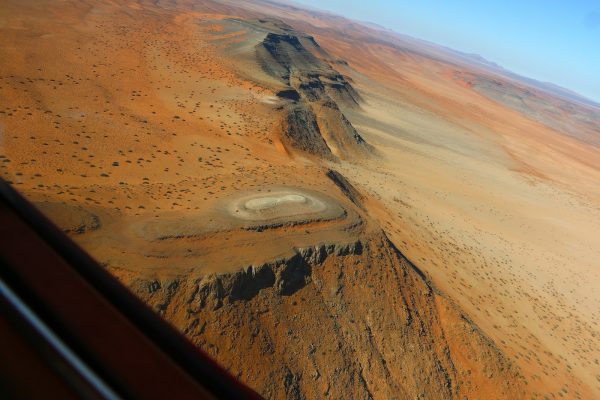In February 2012 a newborn social movement dubbed Your Problem Is My Problem rose up against the Chilean government in the Patagonian region of Aysén. For three weeks protesters blocked the importations of food and gas on which many of Aysén’s people depend. The government responded by sending heavily armed special forces who fired tear gas and rubber bullets at protestors.
Aysén is vast but sparsely populated. Rugged, isolated from the rest of Chile by large ice fields to its north and south, the state had no overland connection to the rest of the country until a combined highway and ferry system was built in the 1980s. The construction of the “Carretera Austral” generated enduring support among locals for former dictator Augusto Pinochet. Their appreciation of his regime often extends to its treatment of políticos, troublemakers who challenge the government.
But now Ayseninos are the troublemakers. Their newfound defiance was sparked in 2006 when a private consortium of Spanish and Chilean investors proposed building five hydroelectric mega-dams on the powerful Baker and Pascua Rivers in Aysén’s south. If implemented, the dams of HidroAysén, as the consortium calls itself, will generate 2.75 gigawatts of electricity, to be transported north to Chile’s center along the world’s longest transmission line. Annual sales are estimated in the hundreds of millions. In response, Ayseninos have demanded control of the region’s natural resources and economic destiny.
HidroAysén is also Pinochet’s legacy. The venture owes its water rights to his regime’s privatization reforms. And the urgency with the project has been pursued is a result of the neoliberal modelo, as Chileans refer to it, that those reforms established. Market development of Chile’s energy sector has produced a fragmented and expensive electrical grid. Its shortcomings are beginning to hamper the mining industry, the government’s single largest source of revenue. Both liberal and conservative administrations have given HidroAysén enthusiastic support, raising the specter of complicity between the state and powerful private interests—a shadow effect of the modelo.
Your Problem Is My Problem is not alone in opposing HidroAysén. Patagonia, a worldwide symbol of pristine wilderness, has powerful champions. Douglas Tompkins is one of them. A founder of The North Face and Esprit clothing, Tompkins has dedicated his fortune to environmental efforts. He has funded a lavish media-savvy campaign to convince Chileans that Aysén is a priceless national patrimony not to be sacrificed to private interests.
His campaign appears to be working. After HidroAysén was approved by central government appointees in May 2011 amid allegations of procedural irregularities, the protests in Santiago were the biggest since Chile’s return to democracy. They inaugurated an ongoing national climate of what the government describes as “ungovernability.”
In Aysén, marches against the project’s approval were also historically large. They marked the region’s first encounter with Chile’s notorious anti-protest machinery.
For the majority of Ayseninos who oppose HidroAysén, however, what is at stake in this struggle is not a national patrimony but a personal one. The pioneers who took up the central government’s call to homestead in this unexplored territory a century ago faced extreme hardships. Their descendants resist handing over the fruits of this labor to a Chile that has rarely been there for them. Ungovernability, from this point of view, may seem more like an exercise of hard-won rights than like troublemaking. Just after the project’s approval, I spoke to a normally reserved Aysenina who exploded in frustration: “How can these people from outside decide for a whole region? What do they know about having to break the ice on the water to wash your face in the morning?”
In January 2013 a committee of state ministers will meet in Santiago to make the final decision—pending judicial challenges—on the dams’ future. The power company Colbún, the Chilean investor in HidroAysén, has threatened to shut down the project if the government does not give a strong indication that it will protect the consortium’s investment in the face of popular opposition. But Andrés Allamand, a top contender to lead the right into the next presidential elections, recently declared the plan “dead.” HidroAysén is one of several thin wedges now cracking the granite edifice of the modelo. The question now is what will finally force it to collapse, and what will come next if it does.








